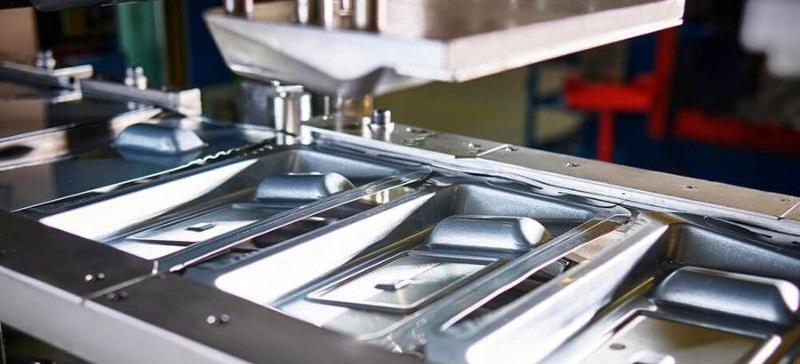The Rise of 3D Printing in Sheet Metal Manufacturing: Innovations and Opportunities+ View more
The Rise of 3D Printing in Sheet Metal Manufacturing: Innovations and Opportunities
+ View more
Date:2023-11-19 11:24
Introduction
The advent of 3D printing has revolutionized manufacturing processes across various industries, and sheet metal fabrication is no exception. This article delves into the rising trend of 3D printing in sheet metal manufacturing, exploring its innovations and the opportunities it presents for the industry.

1. Introduction to 3D Printing in Sheet Metal Manufacturing
Traditionally, sheet metal fabrication involves cutting, bending, and welding processes to transform flat sheets into desired structures or components. However, 3D printing, also known as additive manufacturing, introduces a new approach. It enables the creation of complex geometries by layering materials, offering unique possibilities for sheet metal production.
2. Advancements in 3D Printing Technology
Over the years, significant advancements have been made in 3D printing technology, specifically tailored for sheet metal manufacturing. Laser-based methods, such as selective laser melting (SLM), direct metal laser sintering (DMLS), and electron beam melting (EBM), allow the precise deposition of metal powders to create intricate designs with high structural integrity. These technologies enable manufacturers to produce complex shapes, reduce material waste, and achieve higher levels of precision.
3. Design Freedom and Customization
One of the key advantages of 3D printing in sheet metal manufacturing is the freedom it offers in design. Traditional manufacturing techniques often impose limitations on geometry due to the constraints of tooling and machining processes. With 3D printing, designers can create intricate and customized designs without being limited by traditional manufacturing constraints. This design freedom opens up opportunities for innovation, allowing manufacturers to meet diverse customer requirements efficiently.
4. Reduced Lead Times and Costs
3D printing in sheet metal manufacturing significantly reduces lead times and costs compared to traditional methods. By eliminating the need for complex tooling and minimizing manual labour, manufacturers can streamline the production process. Additionally, the ability to consolidate multiple components into a single 3D-printed part reduces the need for assembly, further reducing costs and increasing efficiency.
5. Lightweighting and Material Optimization
In recent years, there has been an increased focus on lightweight and material optimization in various industries. With 3D printing, manufacturers can optimize the use of materials by creating complex internal structures that maintain strength while reducing weight. This not only enhances the performance and efficiency of the final product but also reduces material consumption and associated costs.
6. Sustainable Manufacturing Practices
3D printing in sheet metal manufacturing aligns with sustainable practices due to reduced material waste and energy consumption. With traditional manufacturing processes, significant amounts of material are often discarded as scrap. However, additive manufacturing allows for the precise deposition of materials, minimizing waste. Additionally, the localized production enabled by 3D printing reduces transportation requirements, further decreasing the carbon footprint associated with logistics.
7. Emerging Applications and Future Potential
The applications of 3D printing in sheet metal manufacturing continue to grow, spanning industries such as aerospace, automotive, healthcare, and consumer goods. From producing intricate aircraft components with optimized weight to manufacturing personalized medical implants, the potential for innovation and advancement is vast. As technology continues to evolve, 3D printing in sheet metal manufacturing holds promise for new materials, improved printing speeds, and increased scalability.
Conclusion
The rise of 3D printing in sheet metal manufacturing has brought forth a range of innovations and opportunities for the industry. From design freedom and customization to reduced lead times, material optimization, sustainability, and emerging applications, this technology has transformed how sheet metal components and structures are produced. Manufacturers who embrace 3D printing stand to benefit from increased efficiency, cost savings, and the ability to meet diverse customer demands. The future of sheet metal manufacturing lies in the continued exploration and adoption of 3D printing technologies.
Share to:
Recommend wonderful blog posts

